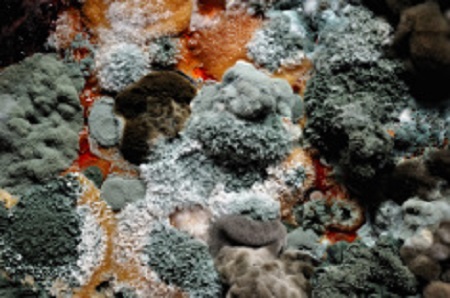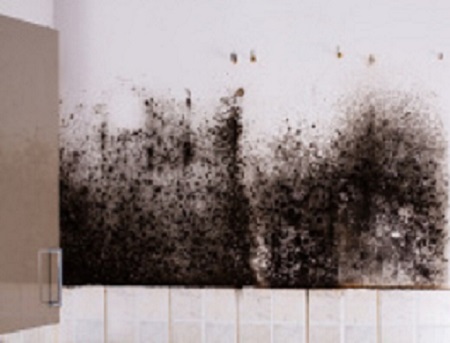Should you be concerned about mold in your home?

What if indoor mold growth is extensive?
Mold can cause very high and persistent airborne spore exposures, that is why mold removal nyc is so important.
People exposed to high spore levels can become sensitized.
And develop allergies to mold or other health problems.
Mold growth can also damage your furnishings, such as carpets, sofas and cabinets.
Clothes and shoes in damp closets can become soiled.
In time, unchecked mold growth can cause serious damage to structure of your home.
What symptoms are commonly seen with mold exposure?
Exposure to large amounts of mold can cause health effects through inflammation, allergic response and in
some case studies infections.
Allergic reactions are often referred to as flu or hay fever like symptoms.
These are the most common health problems reported by mold exposure.
Common symptoms a person exposed to mold include:
Breathing problems, wheezing, difficulty breathing, shortness of breath
Stuffy nose or sinus congestion (runny nose, sneezing, headaches, nosebleeds)
Eye irritation (burning, watery, reddened eyes)
Throat irritation (fever, dry itchy sore throat, dry persistent hacking cough)
Skin rashes, red inflammations, itchy skin
Memory loss and retention problems
Changes in behavior, mood swings
Body stiffness, muscle aches, joint pains
Truth is when it comes to mold the causes are still not fully understood.
How much mold exposure can make you sick?
It really depends because for some people even a small amount of mold spores can trigger reactions from an
asthma attack or other health related problems.
Other people the symptoms may occur only when exposure levels are much higher.
The point is you really don’t know what is considered a safe level for you.
Overall indoor mold growth is unsanitary and undesirable.
When you can see or smell mold inside your home, take steps to identify and eliminate excess moisture.
Take action to cleanup and remove mold.

Are some molds more hazardous than others?
People with a history of allergies have different levels of sensitivity to molds.
Then there is exposure time frame, amount and types of mold which can cause people to feel ill.
The fact is mold spores are able to cause allergies.
Now certain species of molds, such as Stachybotrys chartarum may produce compounds with toxic properties,
which are called mycotoxins.
Mycotoxins are not always produced.
Whether a mold produces mycotoxins while growing in your home depends on environmental conditions.
And what the mold is growing on as well as temperature, humidity and other unknown factors.
When mycotoxins are produced they are in found in living and dead mold spores.
And may be in materials in which mold has grown.
When stachybotrys chartarum and other types of molds are growing, they have a wet slime layer which covers
the spores, which temparily stops spores from becoming airborne.
When mold dies and dries up, indoor air or physical handling can cause spores to become airborne.
Spores are easily released when moldy materials dry out, so it is better to remove mold as soon as possible.